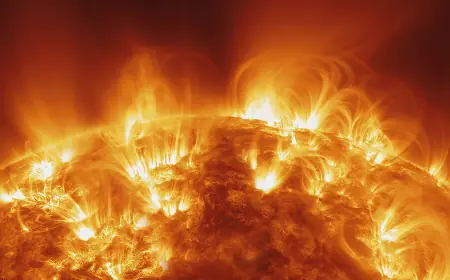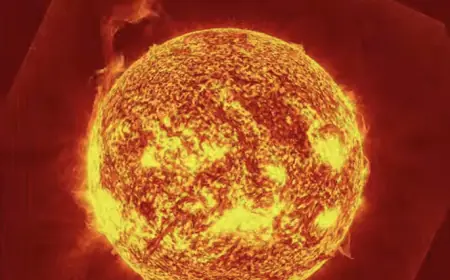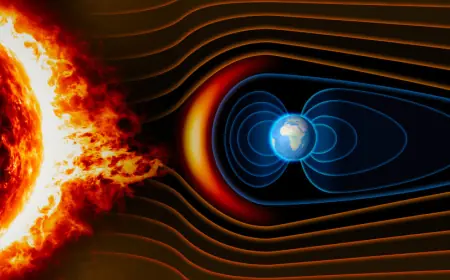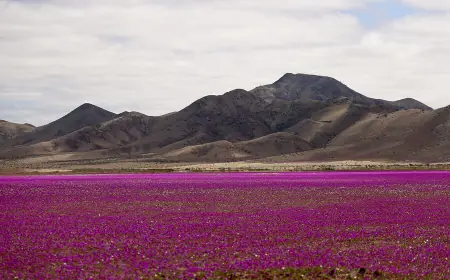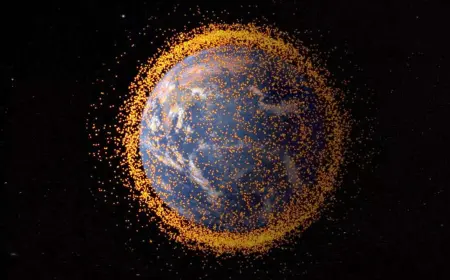Humanity Has Lost a Significant Portion of Groundwater Reserves Over 22 Years
Analysis of satellite observations conducted between 2002 and 2024 revealed a substantial decline in groundwater levels and depletion of freshwater resources across all continents, except for the ice sheets of Greenland and Antarctica. An international research team, including climatologists, geophysicists, and hydrologists from the University of Arizona (USA), determined that over the past 22 years, ice-free land has been losing water reserves at an unprecedented rate. This conclusion was drawn from data gathered by NASA’s GRACE and GRACE-FO satellites.

It was found that the area of land experiencing negative water balance increased annually by approximately 830,000 square kilometers. This drying process was especially intense in the Northern Hemisphere, forming four massive "megadrought" regions: northern Canada and Alaska, northern Russia, the southwestern United States, and Central America. Another large drying area stretched from North Africa through Europe and the Middle East to China and Southeast Asia.
This phenomenon, termed "continental drying" in a study published in the journal Science Advances, has already impacted billions of people worldwide. The main causes are climate change and human activities. Approximately 68% of the moisture loss in ice-free regions was due to groundwater depletion—particularly in Central Asia, Mexico, California, India, and the Arabian Peninsula. The remaining 32% was related to losses in surface water bodies, melting snow cover and permafrost, as well as soil and vegetation drying. The key factors included increased water consumption and the inability to replenish losses during periods of abundant rainfall.
Researchers also highlighted the contribution of continental drying to rising global sea levels: in recent years, land sources—rather than glacier melt—have become the primary contributors of freshwater to the oceans. Groundwater extraction, alongside permafrost melting and reservoir depletion, now contribute more to sea level rise than the Greenland and Antarctic ice sheets. The rate of drying accelerated starting in 2014—the year of the strongest recorded El Niño event.
Halting water resource degradation is possible by significantly reducing groundwater usage, as urged by scientists. Failure to do so risks not only freshwater shortages but also accelerated sea-level rise. The study authors emphasized that groundwater depletion negatively affects ecosystems and reduces the capacity of countries to adapt to climate change. This is particularly critical as about 75% of the world’s population—nearly six billion people—live in countries experiencing steady declines in water resources.
"Continental drying is not just a climate statistic. It is a global water emergency, and ignoring it means knowingly endangering future generations," the researchers concluded.
It is important to distinguish between groundwater depletion, which alarms scientists, and the drying of the topsoil where plants grow. The latter currently does not pose a threat, as global greening is occurring due to anthropogenic CO₂ emissions and climate change.
